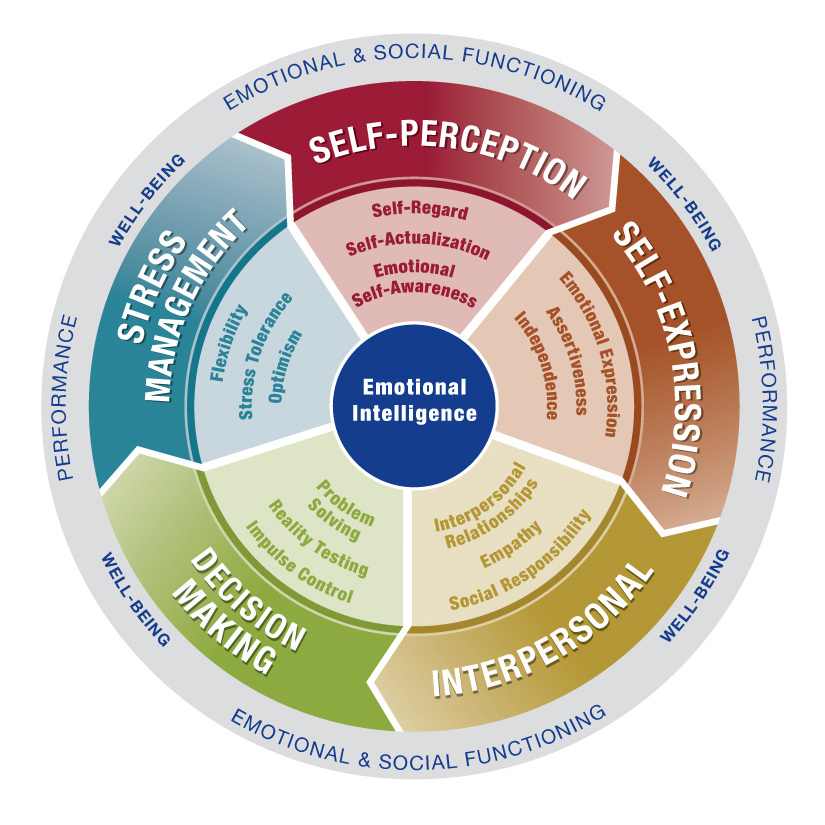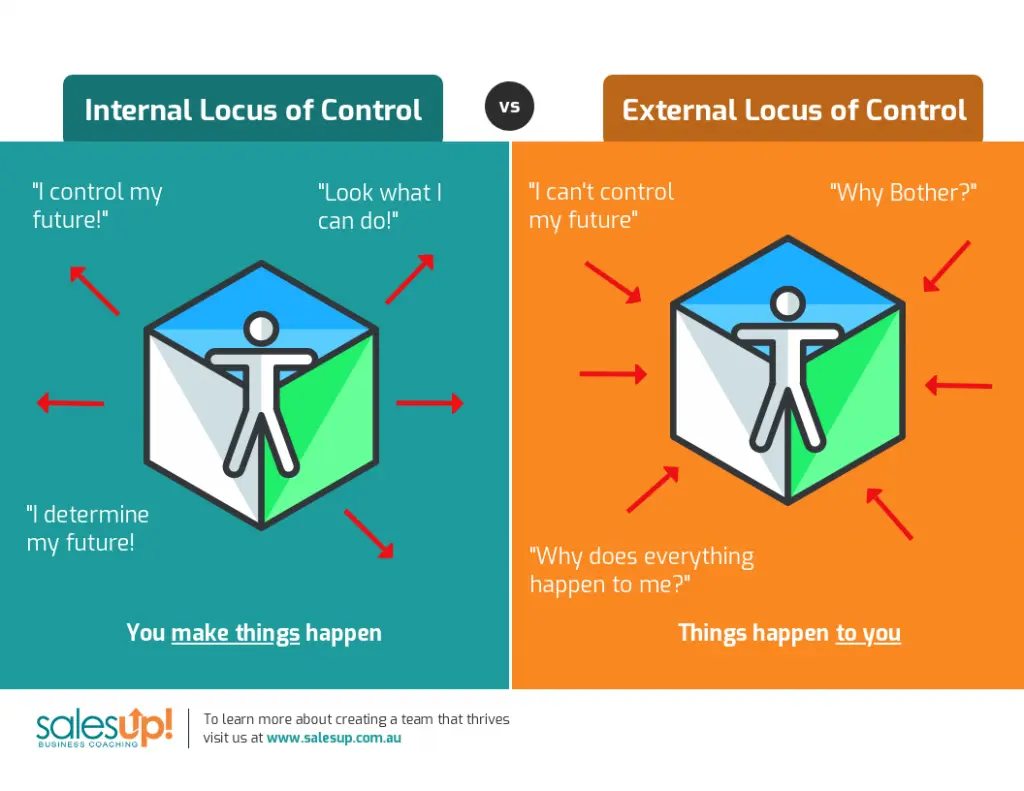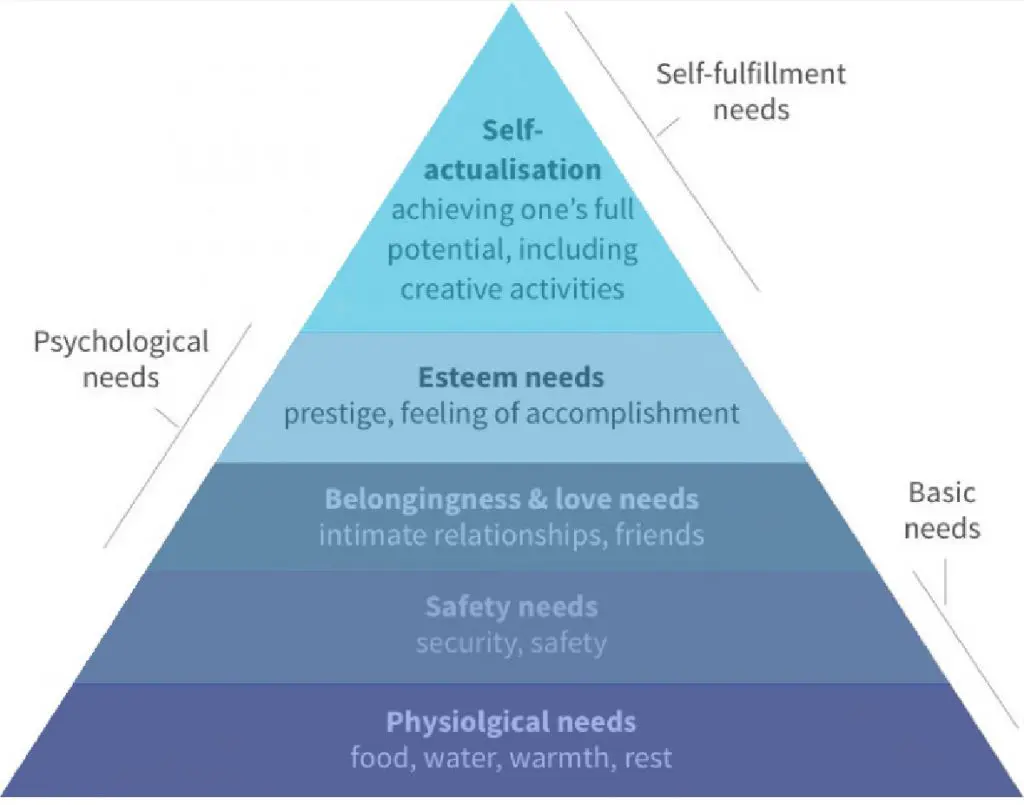About a week ago, my teenaged daughter sauntered into the living room at 11 PM with a bowl, spoon and a coy look on her face. Given the unexpected smackdown the world was handed in the form of COVID-19, and our attempts to navigate a new normal, I decided to let the near-midnight bowl of ice cream slide—until she sat down beside me with a bowl full of—peas and corn.
When I registered my surprise at the choice of comfort food, she replied with a shrug and simply said, “Vegetables make me feel like I’m still in control of something.”
Wise words from the under-fifteen set.
What does this have to do with toilet paper and bread?
It all has to do with Emotional Intelligence—that is, the ability to master our self-awareness, self-control and relationships to create stable outcomes.
Simply said, emotional intelligence can’t develop to its full potential if there remains a significant lack of control in one’s environment.

We are about three-weeks into serious social distancing measures here in Ontario, Canada, and the continuous shortage of toilet paper, flour, milk, yeast and sanitizer are just now barely starting to wane.
I firmly believe that hoarding behaviour in times of crisis isn’t people trying to be selfish—but rather by people who are grasping for a sense of control where there is none—particularly when it comes to employee motivation.
A sales associate or waiter may have purchased sanitizer in bulk because the stringent attendance policies and organizational sick-day shaming that regularly exists in their organization would be amplified during a crisis. Perhaps they felt arming themselves with PPE would offer themselves, and their families a modicum of control—and resulting job protection.
As someone who bakes bread on the regular, I was first a bit stumped by the run on baking supplies.
But, I understand on a personal level, the week-long effort into cultivating and successfully growing a viable sourdough starter, and the satisfaction of watching a loaf rise in the oven to understand the small sense of control that could provide someone who is now working from home, teaching their kids and trying to balance all the housework (though I look forward to the day I can have my pick of flour on the store shelves, again).
How does this affect employee motivation at work?
It’s long been understood that employees in traditional, top-down organizations already operate in environments where there is a lack of control over how, when, and where work gets done. This adversely affects employee motivation.
Often, in these organizations (and yes, they still exist), the pay is expected to be reward enough, and the rank and file are filled with employees who exhibit an external locus of control. Meaning, they tend to live in a reactive state where things happen “to” them, rather than making things happen for themselves. Their environments have fostered this state, and there is generally no reward for pushing the envelope further, so they don’t.

But, what about those employees typically driven to succeed, and are lucky enough to be a contributor in an organization that offers control of work?
Likely, these employees still feel demotivated, and their managers are at a loss of how to respond because the usual forms of feedback and motivation aren’t working—or aren’t motivating like they used to.
The key to getting through this period without a significant drop in value to the organization is to adjust expectations and meet employees where they are.
It’s all about fulfilling needs
Anyone remotely familiar with people management has likely heard of Maslow’s Hierarchy of Needs.
In 1943, psychologist Abraham Maslow suggested that humans are motivated to satisfy five basic needs, which are arranged in a hierarchy. Need Theories all stem from the understanding that we are driven to fulfill our lower-level needs. Once this is done, we seek to satisfy each higher level of need until we have satisfied all possible needs (at which point we then help others to satisfy their needs.)
Now, Maslow’s theory has some weaknesses in the application. Still, on the whole, it does work to help understand the primary motivations of employees at different levels in their career path and provides insight on how organizations can respond.

The Hierarchy of Needs is as follows:
1. Physiological Needs (basic survival needs such as food, shelter and stable employment – and toilet paper?)
2. Security Needs (such as benefits, pension, safe work environment, and fair work practices)
3. “Belongingness” Needs (social needs such as friendship or cooperation on the job)
4. Esteem Needs (positive self-image and respect and recognition needs such as job titles, the ability to add value, and swanky job assignments.)
5. Self-Actualization Needs (achievement issues such as workplace autonomy, challenging work, and achieving subject matter expert status on the job)
Employee motivation changes as needs do
In times of turmoil, economic downturn, or even a global pandemic means Maslow’s hierarchy is a sliding scale. Managers and leaders must learn to adjust as the needs of their employees do and respond accordingly to ensure that employee motivation matches the need of the employee.
Suddenly, someone who was previously motivated by creative projects, which were slightly outside their job description, is now primarily concerned with whether her mortgage payment will bounce, as her partner has been temporarily laid off or stood down. Suddenly the need to ensure food on the table trumps the freedom to create a beautiful infographic just weeks before that explains the organization’s new bonus structure.
Most employees will revert to satisfying their lower-level needs when those needs are threatened, or the future becomes unclear. Job insecurity can even cause a change in personality, which will influence which level they end up on and hamper employee motivation through misdirected efforts that may have worked last week, but no longer apply as an employee’s situation changes.
From the outside, this places an additional requirement on managers (who may be dealing with their own reversion) to respond with an extra dose of compassion, even when their employees remain gainfully employed and working from home. When life and safety require actual safety measures as well as the requirement to retain employment, every dividing line is erased in life, regardless of how well work-life integration was being practiced at work.
Example: Employee who needs their security needs met
An employee who has retained their job for the time being, but is working at home may have satisfied their physiological needs, but worry about their ageing parents, and kids at home can cause them to stagnate at having their safety needs met.
How managers can respond:
- Providing employees with clear communication and additional control over how and when work is done.
- Take the pressure off an employee who needs to pick up groceries for family members in self-isolation or take some time for a math lesson with their now, home-schooled child.
- Work may get completed during non-traditional hours, but the focus of the conversation should be around outcomes rather than trackable hours.
- Regular communication is critical, and no conversation with any employee during these times should leave out the question, “what do you need from me to be successful right now?”
- Ensure your policies and practices are aligned with required health and safety legislation and ensure your employees have the right tools and personal protective equipment to do their job effectively.
- Model good break-taking practices to your own team who may be struggling with the lack of definition between work and home.
- Remember, when it comes to maintaining good connections, frequency beats length.
- Figure out what it means to show up for the people in your organization even when you may be apart and do that. Figure out how to add value in the smallest of actions.
Example: Employees who need their social needs met
As we move through this pandemic, and work habits return to normal, albeit in a remote, or partially remote fashion, a significant contingent of the working population will be stuck at trying to have their social needs met. Even natural introverts will reach a point where enhanced socialization becomes necessary for the achievement of organizational goals.
How managers can respond:
It is critical to keep employees in a distributed workforce informed of organizational goals and provide them with the opportunity to contribute and engage with those goals. Sometimes cooperation means acknowledging the messy situation we’re in, and that a little humanity will go a long way to restoring the camaraderie required for a team to gel.
- It is possible to offer reassurance while acknowledging a situation is fluid. Be transparent and clear in your communication, but don’t change the message until it’s clear the message needs to change.
- Don’t beat around the bush. Acknowledge the fear and uncertainty employees are feeling and try to address it clearly, using ordinary language. Now is not the time for tiptoeing around an issue.
- Create a feedback mechanism into your new working conditions that allow for the flow of communication and anonymous feedback—and make sure it doesn’t fall on deaf ears.
- Implement the use of communication tools that help bridge the social gap and allow for effective planning and execution of tasks. Slack, Zoom, Evernote and Trello are our go-to favourites.
- Conduct a technology needs analysis if you don’t already have one and take the time to set up and guide the less tech-savvy team members to success. Consider employee mentorships to help.
Example: Employees who need their higher-level needs met
This pandemic will end. It will be a long road, but at some point, we will come out on the other side. The organizations that succeed are the ones who prepared during the downtime for what lies ahead, and made sure employee motivation was a tool to meet organizational goals during uncertain times.
- For employees who are motivated by higher-level needs and becoming subject matter experts, consider providing them with the time and opportunity to take an online course, or explore a passion which would benefit them at work. Several organizations are offering reduced-cost or free courses for skill development, which would go a long way to keeping these employees engaged and feel valued.
- Have a cohesive look at the various skills, knowledge and abilities of your teams. Figure out who has what skills, and which transferable attributes exist between departments or divisions.
- Do some research into how the needs of your ideal customers have changed and encourage employees to contribute to practical solutions to meet those changing needs.
- Take the time to re-evaluate how employee feedback occurs and consider alternatives, such as one-on-one meetings and Feed Forward systems, which create a two-way exchange of ideas.
Taking the first step in course-correction
The first step to success in trying times is the make the stance that everyone is acting with good intent.
These days, operational effectiveness might mean the acknowledgment that someone’s child running through the background of a conference call, or someone running to take a loaf out of the oven, or a boss who has suddenly turned into a potato isn’t a distraction but an equalizer of humanity in the workplace. Not everyone has the benefit of a private home office with a door.
Be patient with yourself; be patient with others. It’s okay to eat ice cream for lunch, and pyjama pants are okay with a suit jacket for a conference call. Assume everyone is giving the best they can at this particular moment, and if it seems they aren’t, dare to find the reason—chances are it’s likely a need that you, as a leader, can fix.
And if you feel, as a leader, a small business owner, that the world is on your shoulders and you have no one to turn to, reach out to me—seriously. These are challenging times, and we must stick together. I’m always ready with an open ear—or a good bread recipe, because employee motivation doesn’t end with employees
Stay well,




